
Mar 11 , 2023
By Bjorn Lomborg
Almost a decade ago, world leaders promised to fix maternal and newborn health, along with hunger, peace, education, and virtually every other major problem by 2030 in what has become known as the Sustainable Development Goals (SDGs). Unfortunately, we are far off-track on almost all the promises.
For mothers and newborn babies, progress is far slower than it should. Given our current trends, nearly 131,000 mothers and 900,000 infants will die each year by the end of this decade, which would not occur, had we achieved the promises.
Currently every two minutes, nine newborn babies and one mother die from complications related to pregnancy and childbirth.
In total, 2.4 million newborn babies will die this year within the first month of their lives, and 295,000 women will die from pregnancy-related complications. These deaths represent 2.7 million annual tragedies that are immeasurable for families and communities. For societies, the deaths also represent losses that undermine growth and prosperity. For the world’s low-income and lower-middle-income countries, these deaths add up to a loss of almost half a trillion dollars each year, or six percent of their annual GDPs.
It does not have to be this way. In a world without fiscal constraints, all governments would invest lavishly across all the SDGs. In the real world, governments can only moderately increase investments in some policies. With dozens of the world’s top economists, the Copenhagen Consensus has researched extensively to discover where extra resources can do the best.
Maternal and newborn health is one of those areas. New research published this week shows that focused investments in maternal and newborn health can deliver great returns to society, saving lives and delivering an astounding 87 dollars of social benefits for every dollar spent. The researchers focus on the 55 countries that suffer almost all the global deaths of mothers and newborns. They investigate many potential policies: doing more pregnancy check-ups, prescribing more iron supplements, or paying for more health worker visits to counsel mothers after birth.
The research demonstrates that the best investment is to increase access to family planning and, most importantly, to a package of simple procedures known as Basic Emergency Obstetric & Newborn Care (BEmONC). This package is designed to deliver better care at a low cost, often with nurses and midwives instead of more costly doctors.
For instance, it ensures access to neonatal resuscitation, requiring only a hand pump or resuscitator, which costs around 65 dollars. If this is used 25 times a year, a single-use costs 2.60 dollars. Adding the health worker’s time, the total cost of saving a child’s life is five dollars—a tiny amount spent to achieve great success. Neonatal resuscitation can avoid 30pc of the deaths associated with asphyxia, one of the leading causes of newborn mortality.
Another example of an approach delivered under the BEmONC package is kangaroo mother care, which promotes skin-to-skin contact between mother and baby. This simple act could halve mortality in premature children.
A large part of the cost of increasing BEmONC comes from ensuring better access for pregnant women in birth facilities, which lowers death risks for both mother and child. Today, two-thirds of women in those 55 countries give birth in such facilities. In Ethiopia, the WHO estimates this figure is 47.5pc. The researchers propose to drive investment to get 90pc of women into these facilities.
Family planning is an integral part of the package because an estimated 217 million women who want to avoid pregnancy still do not have access to safe and effective family planning methods. If 90pc of the women in the 55 hardest-hit countries had access to such services, fewer would become pregnant, and 87,000 fewer mothers would die yearly.
The annual financial cost is 2.1 billion dollars, with women’s additional time costs valued at 1.6 billion dollars. Yet, this modest total cost of 3.7 billion dollars a year can each year avert 161,000 maternal deaths, more than 1.2 million newborn deaths, and almost as many stillbirths across the 55 countries. Reducing mortality and fertility can also significantly increase income per capita because fewer but healthier children become more productive. This is known as the ‘demographic dividend’. The reduction in fertility is estimated to yield a benefit equivalent to 28 billion dollars annually.
When adding up all the returns to society, it turns out that the annual cost would deliver benefits of fewer deaths and higher economic growth worth 322 billion dollars every year.
The death toll of mothers and young infants in the world’s poorest countries is an unacceptable and largely avoidable tragedy. Investing just 3.7 billion dollars annually in Basic Emergency Obstetric & Newborn Care and family planning is not only low-cost but one of the very best ways the world can invest in delivering on our global promises.
PUBLISHED ON
Mar 11,2023 [ VOL
23 , NO
1193]


Commentaries | Jun 01,2024

Commentaries | Oct 07,2023

Commentaries | Jan 07,2023

Radar | Dec 17,2022

Sunday with Eden | Nov 18,2023

Life Matters | Aug 10,2024

Agenda | Jan 30,2021
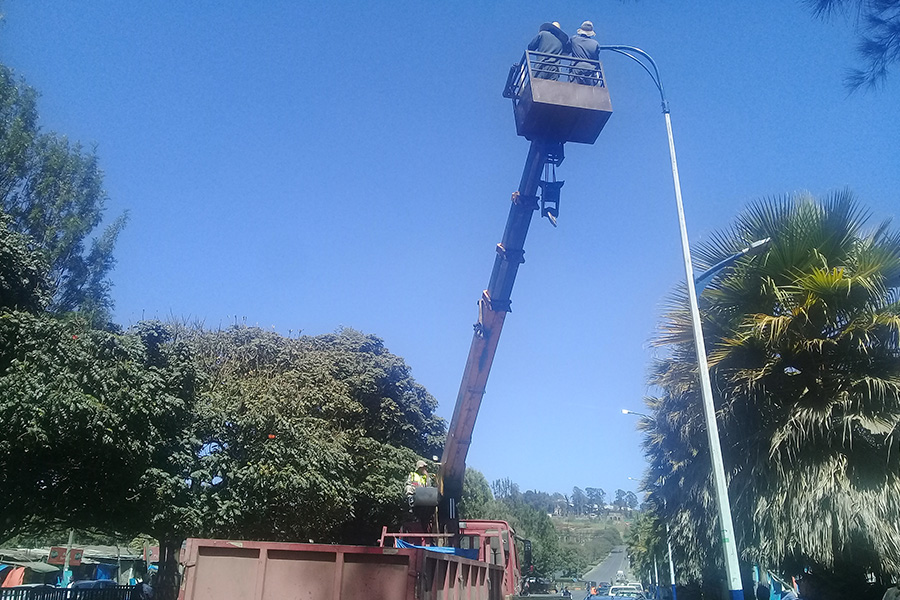
Radar | Feb 11,2023

Viewpoints | May 24,2025

Viewpoints | Feb 24,2024

My Opinion | 131661 Views | Aug 14,2021

My Opinion | 128025 Views | Aug 21,2021

My Opinion | 125988 Views | Sep 10,2021

My Opinion | 123612 Views | Aug 07,2021

Dec 22 , 2024 . By TIZITA SHEWAFERAW
Charged with transforming colossal state-owned enterprises into modern and competitiv...

Aug 18 , 2024 . By AKSAH ITALO
Although predictable Yonas Zerihun's job in the ride-hailing service is not immune to...

Jul 28 , 2024 . By TIZITA SHEWAFERAW
Unhabitual, perhaps too many, Samuel Gebreyohannes, 38, used to occasionally enjoy a couple of beers at breakfast. However, he recently swit...

Jul 13 , 2024 . By AKSAH ITALO
Investors who rely on tractors, trucks, and field vehicles for commuting, transporting commodities, and f...

Jun 28 , 2025
Meseret Damtie, the assertive auditor general, has never been shy about naming names...

Jun 21 , 2025
A well-worn adage says, “Budget is not destiny, but it is direction.” Examining t...

Jun 14 , 2025
Yet again, the Horn of Africa is bracing for trouble. A region already frayed by wars...

Jun 7 , 2025
Few promises shine brighter in Addis Abeba than the pledge of a roof for every family...
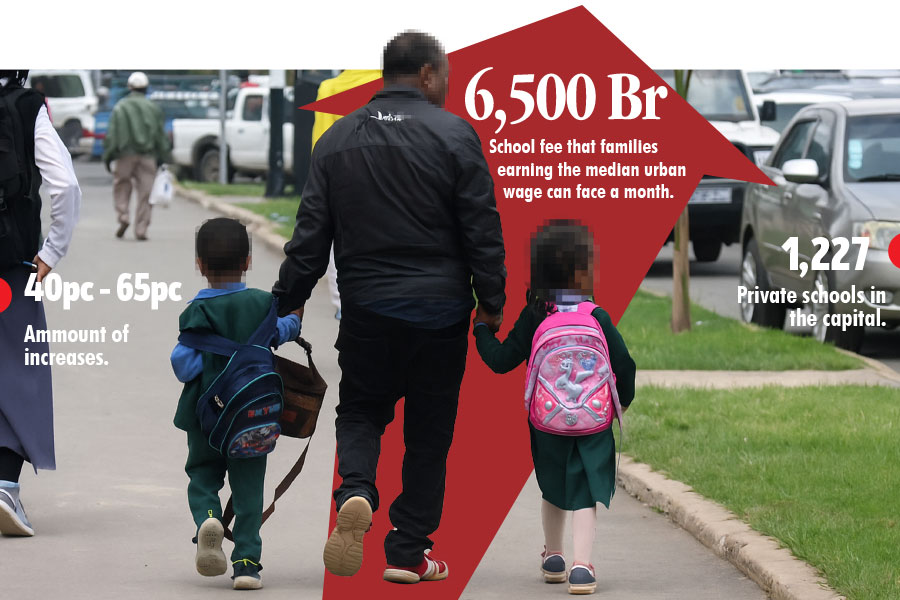
Jun 29 , 2025
Addis Abeba's first rains have coincided with a sweeping rise in private school tuition, prompting the city's education...
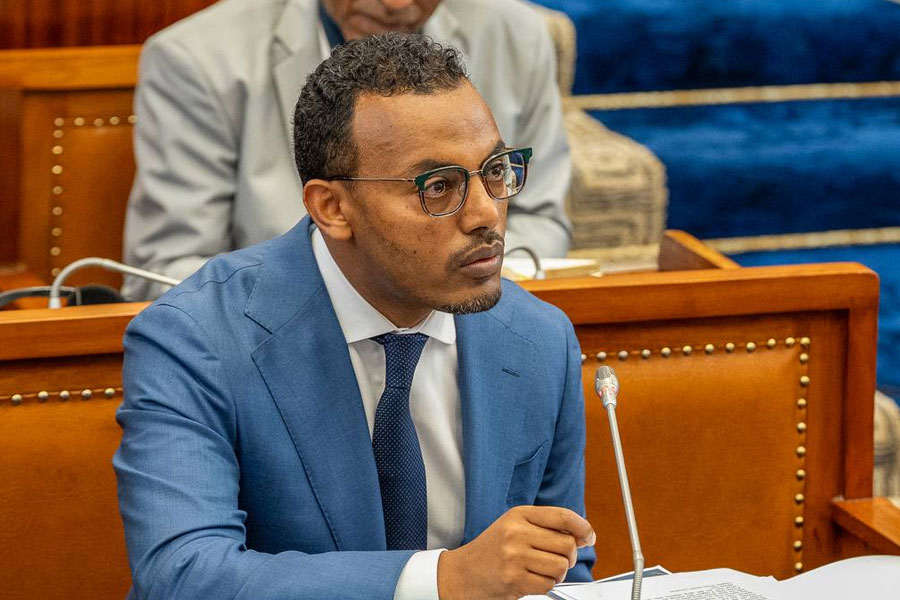
Jun 29 , 2025 . By BEZAWIT HULUAGER
Central Bank Governor Mamo Mihretu claimed a bold reconfiguration of monetary policy...
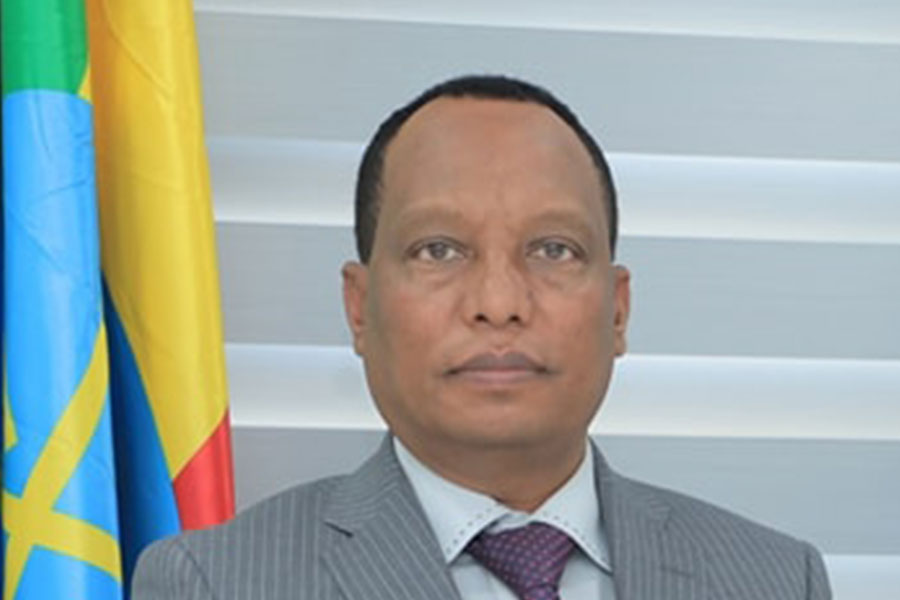
Jun 29 , 2025 . By BEZAWIT HULUAGER
The federal government is betting on a sweeping overhaul of the driver licensing regi...
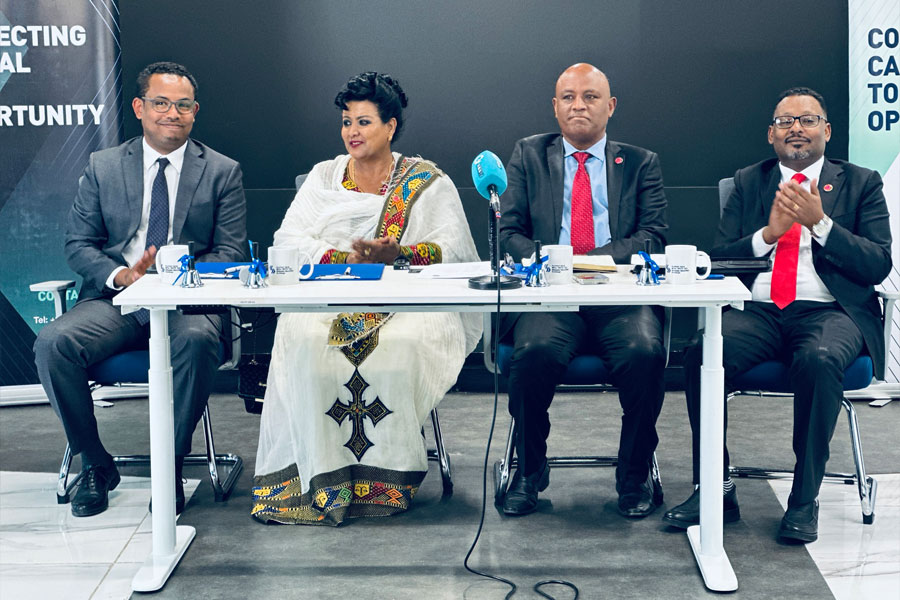
Jun 29 , 2025 . By NAHOM AYELE
Gadaa Bank has listed 1.2 million shares on the Ethiopian Securities Exchange (ESX),...